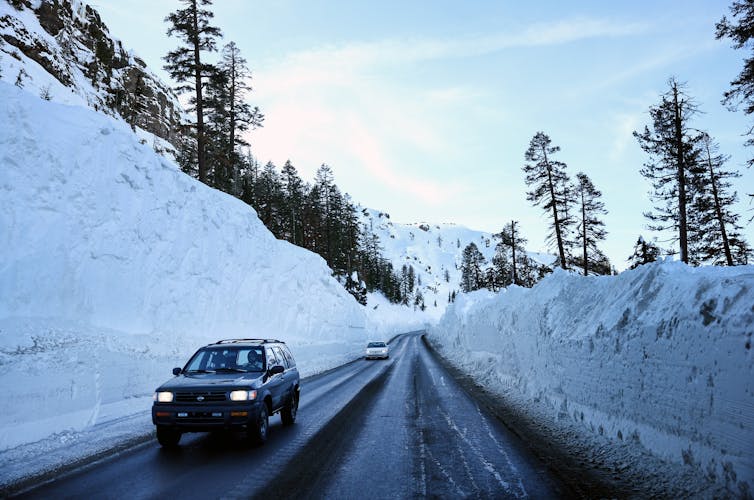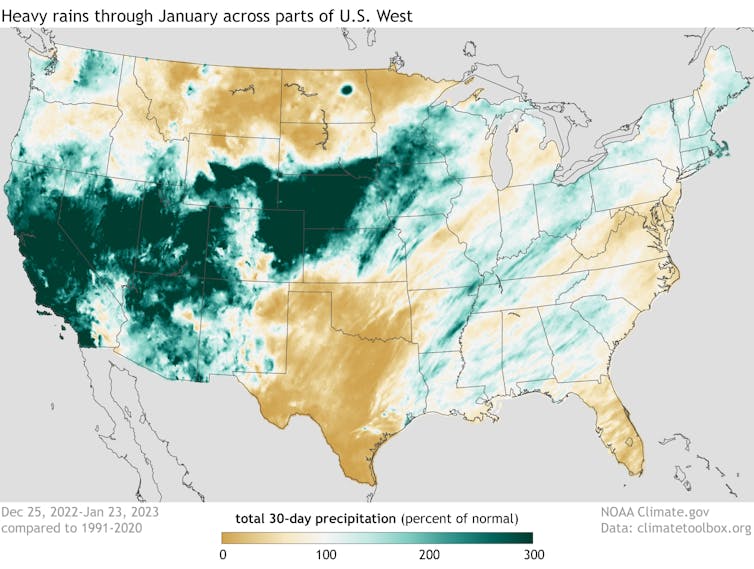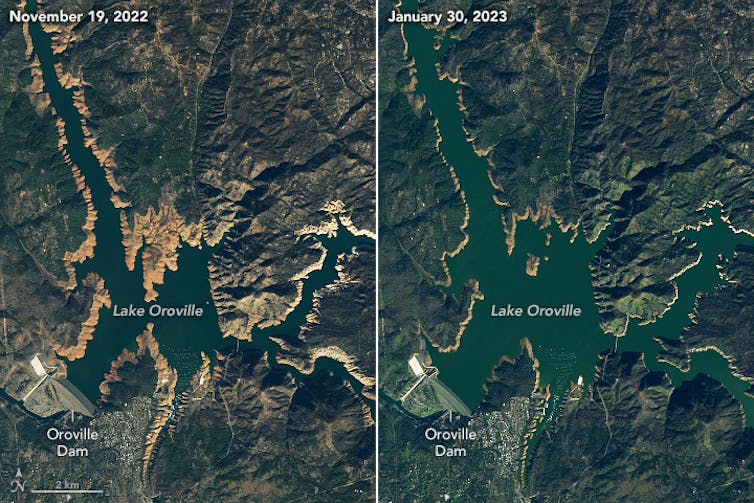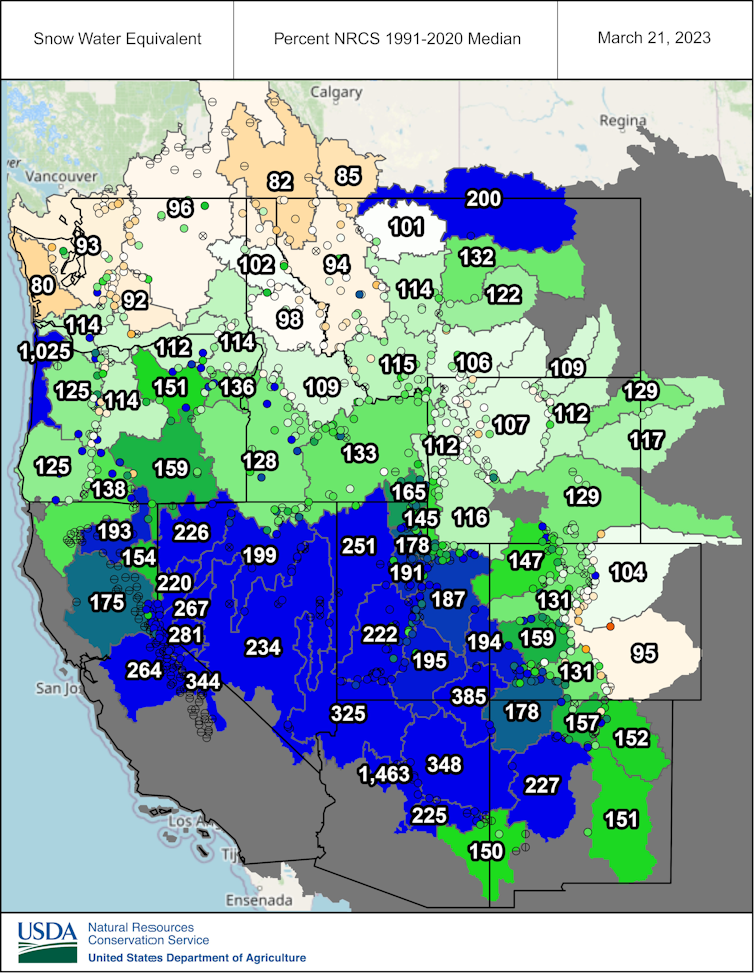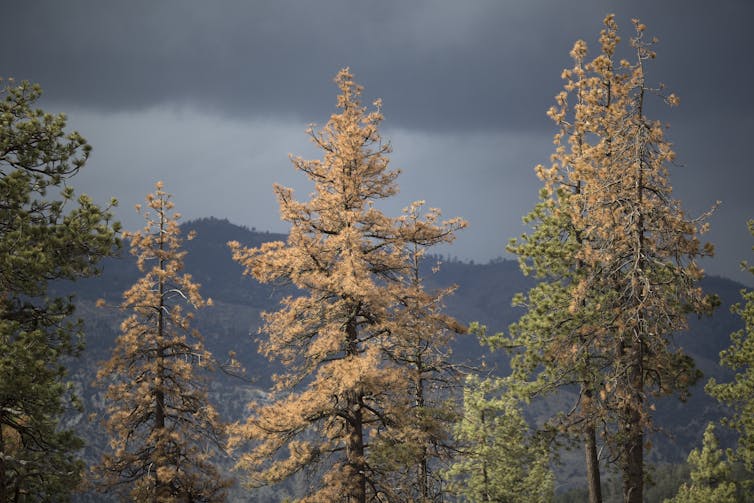Archaeology and genomics together with Indigenous knowledge revise the human-horse story in the American West
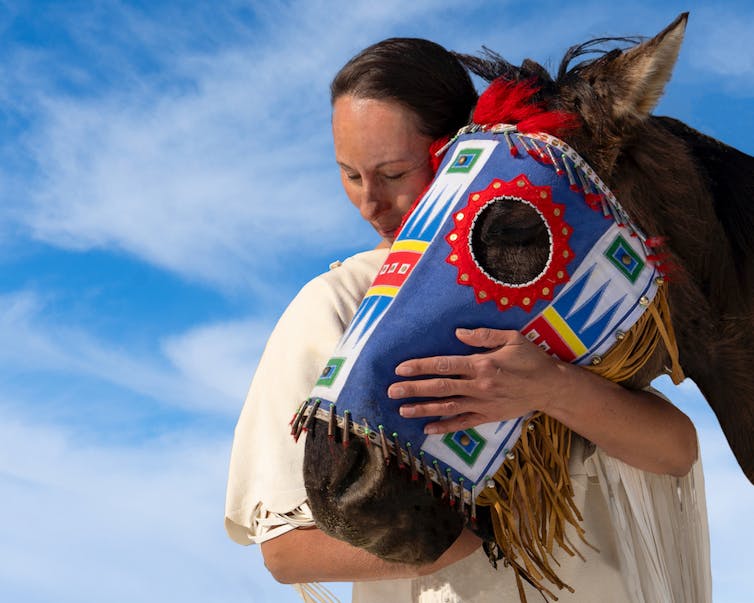
Few places in the world are more closely linked with horses in the popular imagination than the Great Plains of North America. Romanticized stories of cowboys and the Wild West figure prominently in popular culture, and domestic horses are embedded in everything from place names, like Wild Horse Mesa, to sporting mascots, like the Denver Broncos.
Horses first evolved in the Americas around 4 million years ago. Then horses largely disappeared from the fossil record by about 10,000 years ago. However, archaeological finds from the Yukon to the Gulf Coast make it clear that horses were an important part of ancient lifeways for the early peoples of North America.
Millennia later, horses were reintroduced by European colonists, and eventually the Great Plains became home to powerful Indigenous horse cultures, many of which leveraged their expertise on horseback to maintain sovereignty even amid the rising tides of colonial exploitation, genocide and disease.
But how did horses become part of life on the Great Plains? And are there pieces of that story that may be missing from today’s popular narratives?
One of us is an archaeozoologist who studies ancient animal remains. The other is a Lakota scientist who specializes in ancient horse genomics and is expert in Indigenous oral traditions about horses. Together we created a large team of scientists and scholars from around the world, including those from Pueblo, Pawnee, Comanche and Lakota nations, and set out to see what archaeology, Indigenous knowledge systems and genomics together could tell us about the horse in the American West.
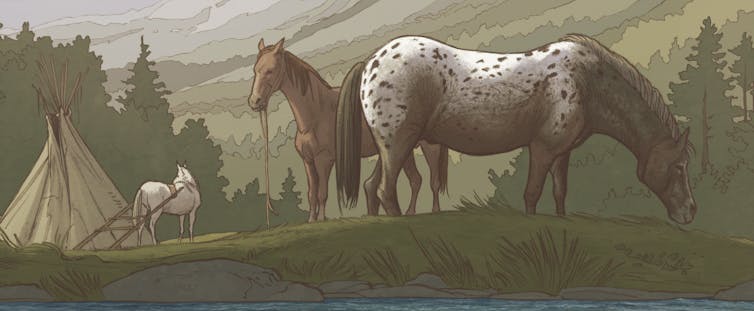
Complicating the colonial version of the story
Over recent decades, the story of people and horses has largely been told through the lens of colonial history. One reason for this is logistical – European settlers often wrote down their observations, creating documentary records that partially chronicle the early relationships between colonists, Indigenous cultures and horses in the colonial West. Another reason, though, is prejudice: Indigenous peoples in the Americas have been excluded from telling their side of the story.
While historical records are a valuable tool for understanding the past, they also carry with them the biases and cultural context of the people who wrote them. Perhaps unsurprisingly, many such documents tend to minimize or dismiss the interactions between Native people and horses. More importantly, the written record’s scope is limited to those places European colonists visited – which, until the 18th and 19th centuries, excluded much of the Plains and the Rocky Mountains.
Filtering of Indigenous horse cultures through a European framework left narratives unrecognizable to many Indigenous peoples.
Many models for the origins of Indigenous horse use on the Plains focus on one particular date: the Pueblo Revolt of 1680. During this momentous uprising, Pueblo people living under harsh Spanish subjugation organized a rebellion that expelled Spanish colonists from New Mexico for more than a decade. Many historians link the revolt with the first spread of horses beyond the Southwest, because with the Spanish gone, so was their control over their livestock at colonial settlements.
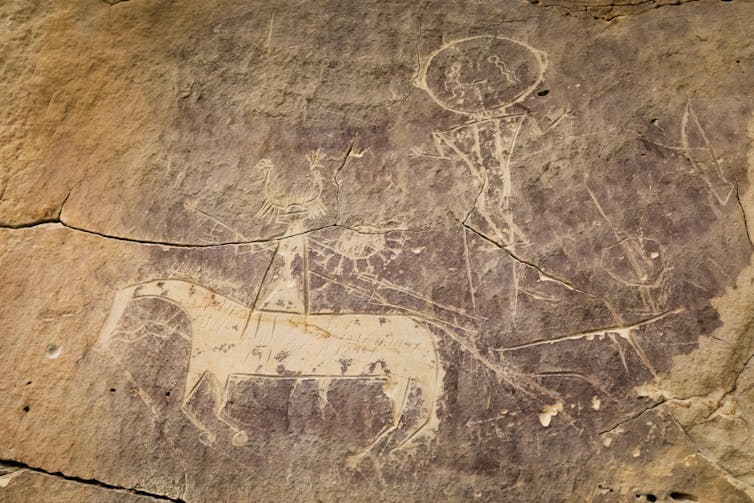
However, other scholars who prioritize and understand Indigenous knowledge and scientific frameworks have questioned these assumptions, pointing out historical inconsistencies and highlighting oral traditions that support a deeper antiquity to the human-horse relationship among many Indigenous nations.
Over recent years, archaeology has emerged as a powerful tool for exploring aspects of the human-horse story that may not have been written down in books. In Mongolia, for example, our analysis of ancient horse bones has shown that steppe cultures herded, rode and cared for horses centuries before their first mention in historical records.
Our first studies in the western U.S. suggested there may be a rich archaeological record of horse remains in the West linked to Native cultures, even if this record was often overlooked or misclassified in museum collections.
Remains of horses provide their own clues
For our new study, published in the journal Science, we looked for horse remains in museum collections across the Western U.S., from Idaho to Kansas. These horses ranged from single, isolated bones to nearly complete horses, with incredible preservation.
Among the dozens of ancient horses we identified, precision radiocarbon dating revealed that several lived in the early 17th century or earlier – decades before the Pueblo Revolt of 1680, and in some areas, at least a century or more before the arrival of the first Europeans.

We analyzed the ancient horses’ bones and found clues that across the Great Plains these early horses were not just present but already an important part of Indigenous societies. Some horses have skeletal features showing they were ridden or received veterinary care. Other information, like the method of burial or inclusion alongside other animals such as coyotes, shows horses were part of ceremonial practices.
We used isotope analysis to learn more about the ancient diet and movements of these animals by measuring heavier or lighter variants of molecules in their bones and teeth. We found that some of the earliest horses in southwestern Wyoming and northern Kansas were not escapees of Spanish expeditions but were instead raised locally by Native communities.
One baby horse we analyzed that lived in ancestral Comanche country around 1650 at Blacks Fork, Wyoming, was born and died locally – directly contradicting a 1724 European observation that the Comanche obtained horses only by “barter,” and “had not yet been able to raise any colts.” In another case, a horse that also lived in the mid-17th century along the Missouri River was likely fed during the winter with maize, an Indigenous domestic crop.
DNA sequencing of archaeological horses, although revealing Iberian ancestry, shows important connections between ancient horses and those stewarded by present-day communities like the Lakota, for whom horses continue to be a key part of ceremony, tradition and daily life. While future work will be necessary to establish exactly when and how horses reached northern areas of the Plains, our results point to Indigenous networks of trade and exchange – perhaps bringing horses across the Plains and Rockies from Mexico or the American Southwest.
New evidence supports old stories
Our findings also validate oral traditions for many of the Native communities affected by the study.
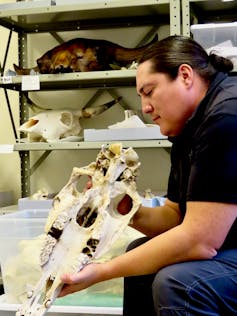
Our study is the result of an intentionally collaborative approach. Our Lakota partners, led by Chief Joe American Horse and one of us (Collin), published an accompanying introduction to the Lakota relationship with horses that helped serve as a foundation for our collaborative work.
Partnering archaeological science and Native perspectives ended up telling a very different story of horses in the American West. Comanche tribal historian and elder Jimmy Arterberry noted, for example, that the archaeological discoveries from ancestrally connected areas of Wyoming “support and concur with Comanche oral tradition” that Comanche ancestors raised and cared for horses before their movement to the southern Plains.
We hope future work will continue to highlight the ancient connections between people and horses, and prompt a rethink of assumptions built into society’s understanding of the past.
William Taylor, Assistant Professor and Curator of Archaeology, University of Colorado Boulder and Yvette Running Horse Collin, Postdoctoral Researcher in Anthropobiology and Genomics, Université de Toulouse III – Paul Sabatier
This article is republished from The Conversation under a Creative Commons license. Read the original article.


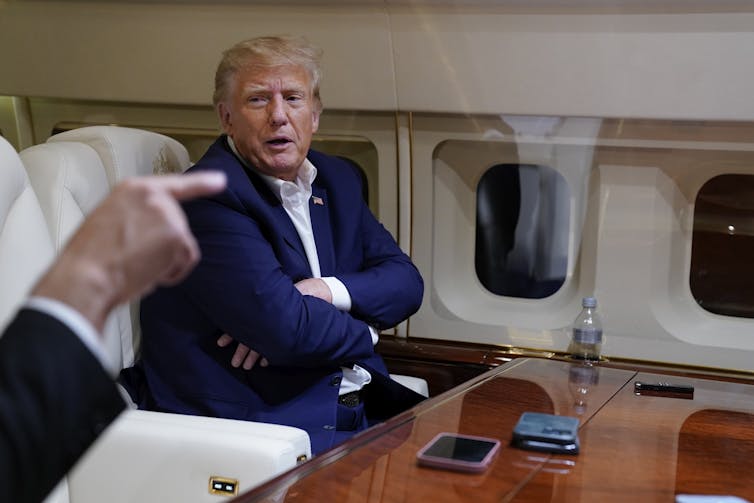

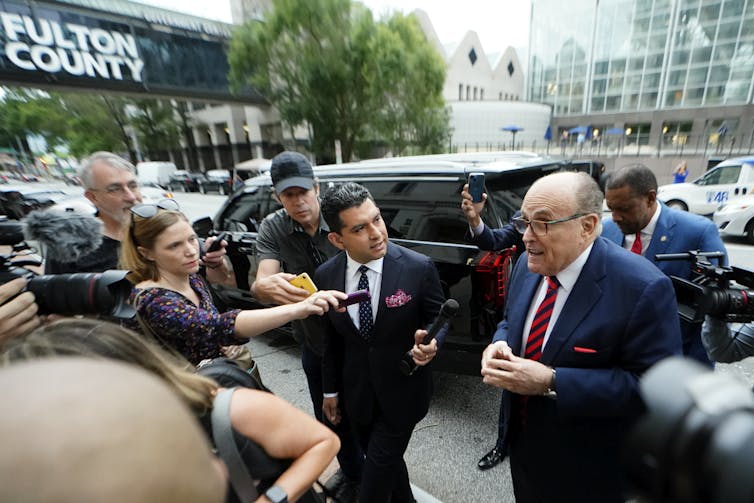






 Consumers are always looking for new and exciting dining experiences, and a menu refresh can provide it. This can involve adding new dishes, changing the way existing dishes are prepared or presented and incorporating current food trends. For example, many restaurants are offering more vegetarian and vegan options to cater to the growing number of consumers adopting plant-based diets.
Consumers are always looking for new and exciting dining experiences, and a menu refresh can provide it. This can involve adding new dishes, changing the way existing dishes are prepared or presented and incorporating current food trends. For example, many restaurants are offering more vegetarian and vegan options to cater to the growing number of consumers adopting plant-based diets.